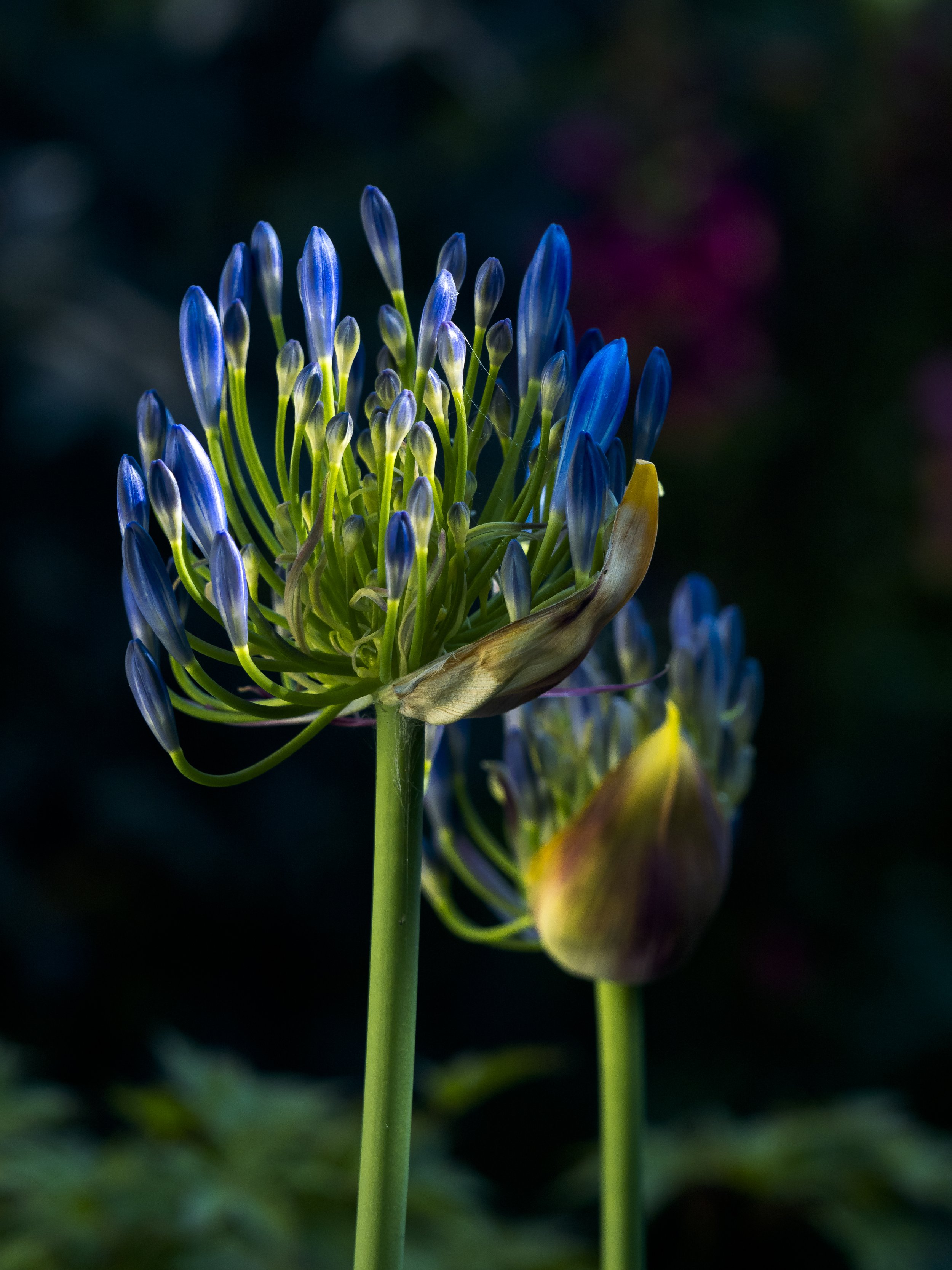My sweet spot for high performance lenses seems to be in the portrait range.
What is a portrait lens?
Generally a lens in the full frame range of a full frame 50 to 135mm is the range, but longer and occasionally shorter lenses get a gong.
They should be sharp, but not harsh, fast aperture, with “nice” contrast and Bokeh.
All lenses will be noted with their actual focal length, conversions are assumed by format.
The most common of specialist lenses, the humble portrait lens, which means different things to different people, has been a haven of optical perfection, character or occasionally both. They start at the humble 50mm and can go as high as true telephoto lenses.
Macro lenses also fall into this group and often they make excellent if unforgiving portrait lenses.
The great irony of this dynamic is that portrait lenses are easy to make well, even near clinical perfection, but the subject is often the least responsive to “technical” perfection.
I remember years ago being lustful of the best, sharpest, most aberration controlled lenses, then I learned that many portraitists actually preferred less perfect glass. They were looking for a flattering character, a forgiving nature and that “special something”.
Examples I recall were many Mamiya 6x7 lenses, a Bronica 75mm I once owned and even the Rodenstock enlarger lenses for reproduction, that were less “hard” sharp than Schneider’s offerings.
First up, my M43 format lenses (double these for full frame equivalents)
Sigma 30 f1.4.
This lens is sharp, very sharp. I appreciate it’s clarity and reliable edge to edge performance, but I am unsure about colour or contrast in some situations. AF is also a mixed bag on the Panasonic cameras, something I have to consider, because I often prefer Panasonic colours for skin tones in many situations. For a while I was interested by the 56 f1.4, but I will hold off for a while.
Olympus 45mm f1.8 (x3).
Yep I have had three of these, down to two now. Half of my basic travel and street kit (17+45), I love these, really appreciate their quality and character and feel good having one in my bag, which being tiny, they do effortlessly. I don’t use them as often as I would like, something I am trying to address. Even when half of the 2+2 kit, it takes the lesser load.
A very good lens for candids, the 45 adds some “pop” to any image.
My quiet interview portraits are the main application of this lens.
I love its gentle nature. The 75 is punchier, more dramatic, the 30mm more surgical, the 45 is the most “invisible”. I usually shoot wide open, which is about f2.8 on a full frame.
Lovely, reliable, inconspicuous Bokeh front and rear. The 17mm it is often paired with has more elongated, coherent Bokeh, so the difference is appreciated.
Even when you grab a close plane of focus, there are story telling powers available.
The 45mm has a more 3D look than the more compressed 75 and a little more “grit” and this is not just down to the difference in focal length.
This is also a very comfortable length to use in a studio situation.
75mm F1.8 Olympus.
The 75mm Olympus is the lens I most rely on for premium, clean, powerful results, especially candids and event work. The long focal length (150mm in full frame) stretches things in some locations, but if I have room, it delivers and if I need reach, it is a life saver.
The extra working distance is useful.
Through two panels of sun drenched glass, it has taken on a softer palette, but is still crisp.
The ability to sit aside from events, but still reach in with a light beater is a powerful tool.
This lens is so reliable to me, I chose it and a camera I had never used before for this shoot of the board of Telstra Australia.
12-40 f2.8 Pro Olympus.
The work horse lens, this one gets used way more than I probably intend, but when I just need to know I am covered and the quality will be good, this one is used, “sticky” zoom and all.
I lobe this lens for controlled light situations where light angle and intensity will control depth as much as aperture.
The 40-150 f2.8 Olympus.
This one his the ultimate generalist, but no less powerful as a specialist portrait lens.
Dragged out of my sports kit for special occasions (this is our Prime Minister).
Not people, but you see what I mean.
Next I will look at my full frame options, but I need to use them a little first.


















